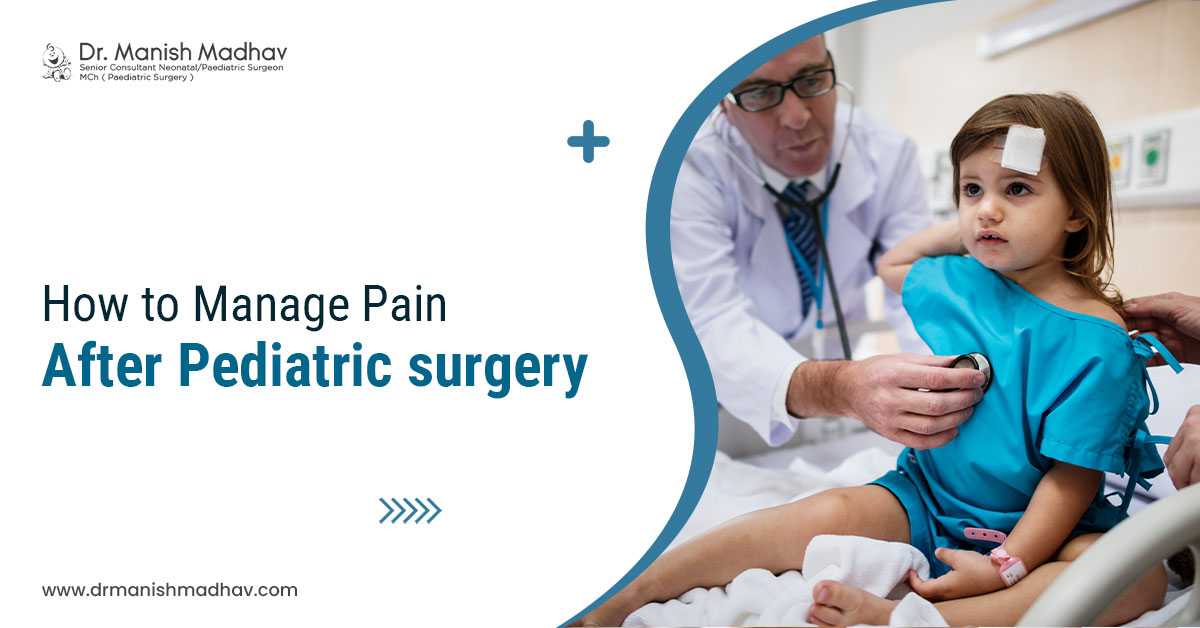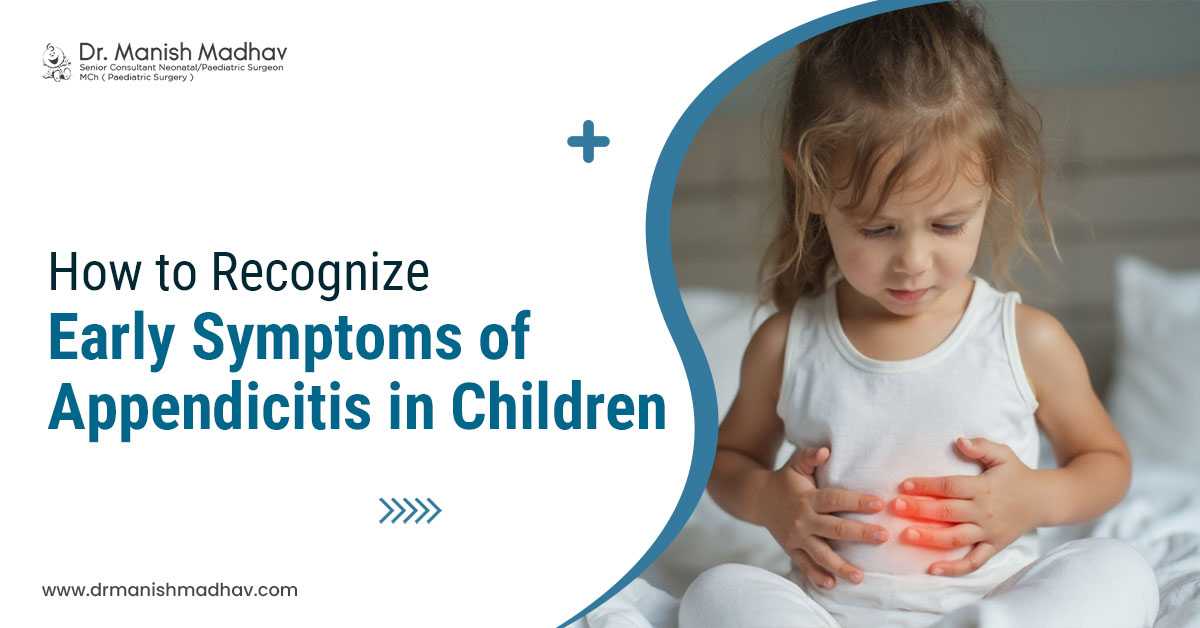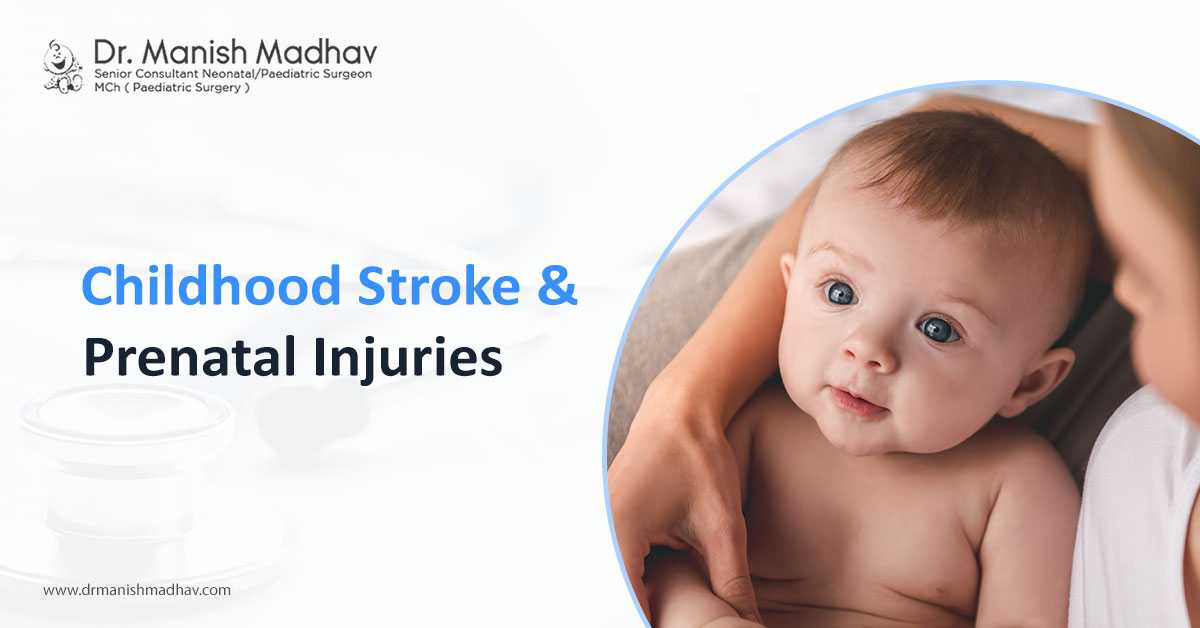A stroke is a sudden decrease or stoppage of blood flow in the brain that is severe enough to cause damage to the brain. Most people associate strokes as a disease of old age. Contrary to popular belief, newborns have a high risk of stroke as the elderly. A baby suffering a stroke in the first 28 days of life is much more common than parents realize, yet stroke in this fragile age group remains largely unrecognized and is most likely left untreated. It is important to recognize signs of stroke and have a pediatrician take a look at the baby.
Table of contents:
- Causes of Strokes in Children
- Perinatal Injury
- Treatment for perinatal injury
Causes of Strokes in Children
The exact causes of many cases of stroke are hard to pinpoint. In some cases, cerebrovascular anomalies can cause stroke symptoms in a child.
The fundamental causes for strokes include:
- Genetic causes such as sickle cell, clotting disorders, and other disorders
- Environmental causes which can include carbon monoxide poisoning, infection, medication, trauma, vasculitis, and dissection.
- Congenital causes such as aneurysm, arteriovenous malformation, Moyamoya syndrome, and other cerebrovascular anomalies.
Perinatal Injury
Perinatal brain injuries are injuries suffered by an infant right before or immediately after birth. The most common injury reported was perinatal hypoxia, a deficiency of oxygen to the brain tissue before and after birth that causes a newborn to stop breathing. When a baby is deprived of essential oxygen during the initial moments of their life, it can actually injure a baby’s delicate brain and possibly kill brain cells.
One of the more serious conditions due to loss of oxygen is hypoxic ischemic encephalopathy, or HIE. HIE is a kind of brain damage which often leads to other complications such as developmental or cognitive delays and disabilities, and motor impairments as the child ages.
Some other medical conditions that are associated with perinatal hypoxia include:
- Cerebral palsy which is a neurological disorder caused as a result of a non-progressive brain injury which occurred while a child’s brain is still developing
- Severe seizures
- Behavioral disorders
Treatment for perinatal injury
It is very crucial to take immediate action within the first six hours following birth if there is any suspicion of oxygen loss.
The most common treatment that is used for perinatal hypoxia isneonatal therapeutic hypothermia. This is a treatment that deducts mortality rates and long-term neurological disorders by half and this treatment involves reducing the newborn’s body temperature in a very controlled environment using special ice blankets or an ice cap on the head in order to slow down cellular responses in the brain while oxygen can be administered.
Dr. Manish Madhav is one of the best pediatrician in Siliguri. With a considerable experience of 11years and specializes in reconstructive surgeries as well as laparoscopic & endoscopic procedures of newborn, infant and children.




